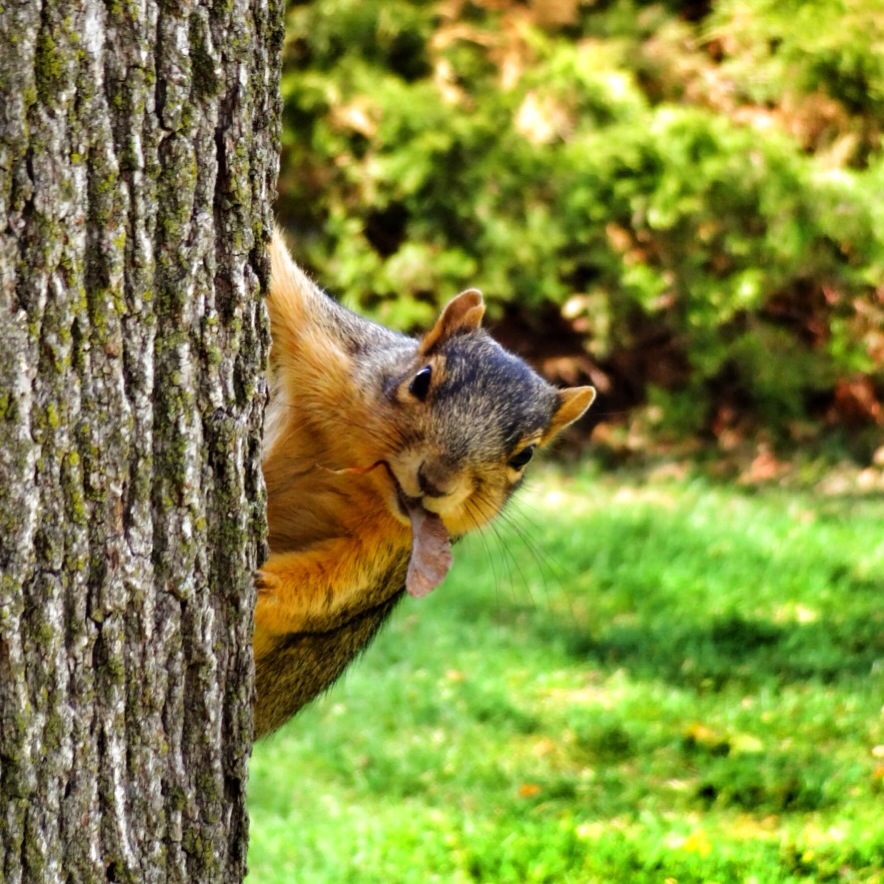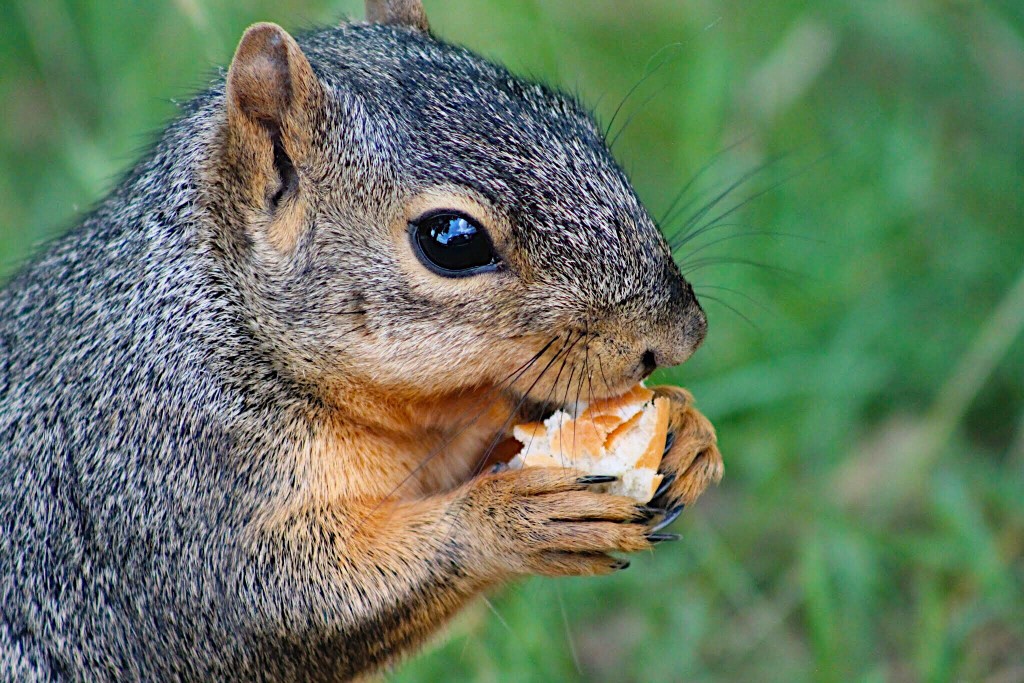What you need to know about controlling/removing squirrels
Every state has certain rules and regulations when it comes to pest control. Texas is no exception. Squirrels are abundant in the state and there are a few different species. Fox squirrels, gray squirrels and the flying squirrel are the most common types and can become a nuisance to you and your home. Texas law does not allow residents to shoot any animal within city limits due to the danger it can pose to other animals and people. The state does allow for residents to set up traps to safely capture and relocate the animals, however, they require you to contact the Texas Parks and Wildlife Department first.
Fox, flying and gray squirrels are not the only species that Texans have to contend with. The lesser known antelope squirrel calls parts of Texas its home and they can be notoriously hard to spot. This is because of their small size and lack of activity during parts of the summer months. They usually avoid activity during the day over summer but can be more easily spotted during the fall and spring months as they become more active when the sun is up.
Need help with squirrel control? Contact The Critter Squad Inc.
Controlling Squirrels in Urban Areas
Tree squirrels inhabit many parts of Texas. The three types of tree squirrels found in the state are the fox squirrel, the gray squirrel and the flying squirrel. Tree squirrels are interesting animals, but in urban and suburban areas they sometimes can be pests.
They may eat pecans, fruits, berries, bird seed or vegetables in home gardens, or may nest in attics. Sounds of running or gnawing coming from the attic during the day often indicate the presence of squirrels. Running, squealing and gnawing sounds at night generally indicate the presence of rats. Read more
Summary: Tree squirrels are populous in many parts of Texas. They are usually fairly harmless but can become a nuisance to your home. Within city limits, it is not legal to shoot squirrels as it poses a danger to other animals and people. You can, however, trap them safely and relocate them, after contacting the Texas Parks and Wildlife Department. Squirrels can also benefit our ecosystem by aiding in reforestation by scattering seeds.
Release the… #Squirrels? 🐿️ A recent study shows that small mammals can alter the course of #forests by their #tree seed selection.
We won’t jump on the #SquirrelArmy to help #reforestation efforts in North Texas cities — but it’s a funny idea 🤣https://t.co/j7cW9mqu9W
— Texas Trees (@Texas_Trees) July 29, 2019
Texas antelope squirrels can be difficult to spot
The Texas antelope squirrel (Ammospermophilus interpres) is verified to have been observed in 14 counties in the Trans-Pecos and Edwards Plateau eco-regions of Texas.
It is the only member of its genus that calls Texas home, but it is closely related to the much more familiar ground squirrels that can be spotted in this state.
Adults of this relatively small species rarely attain 9 inches in total length, of which a mere 3 inches is the moderately bushy tail. Learn more
Summary: Everyone knows about the common tree squirrel that is seemingly everywhere you look. Texas is home to a few different squirrel species, however, one being the lesser known antelope squirrel. These tiny squirrels only grow to about 8 or 9 inches in length and weigh about 4 ounces fully grown. Their size can prove especially difficult if they are becoming a nuisance to your home and you need to trap them.


